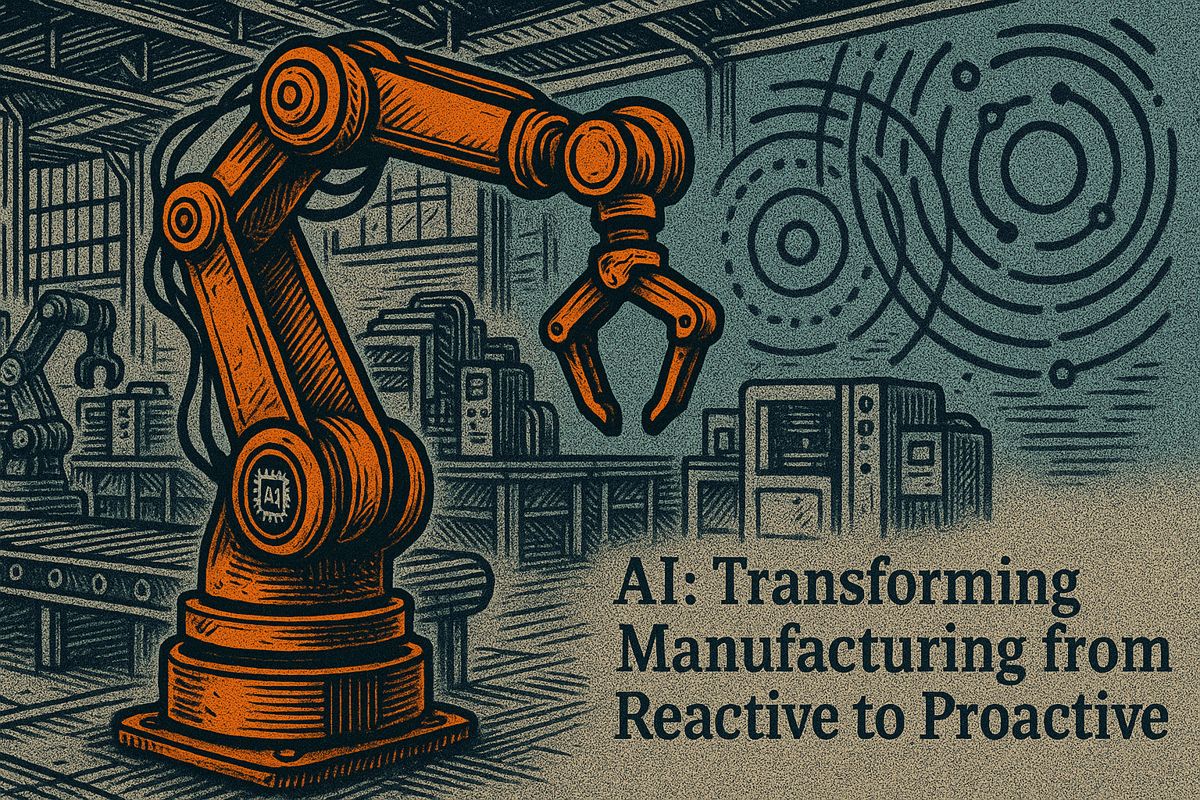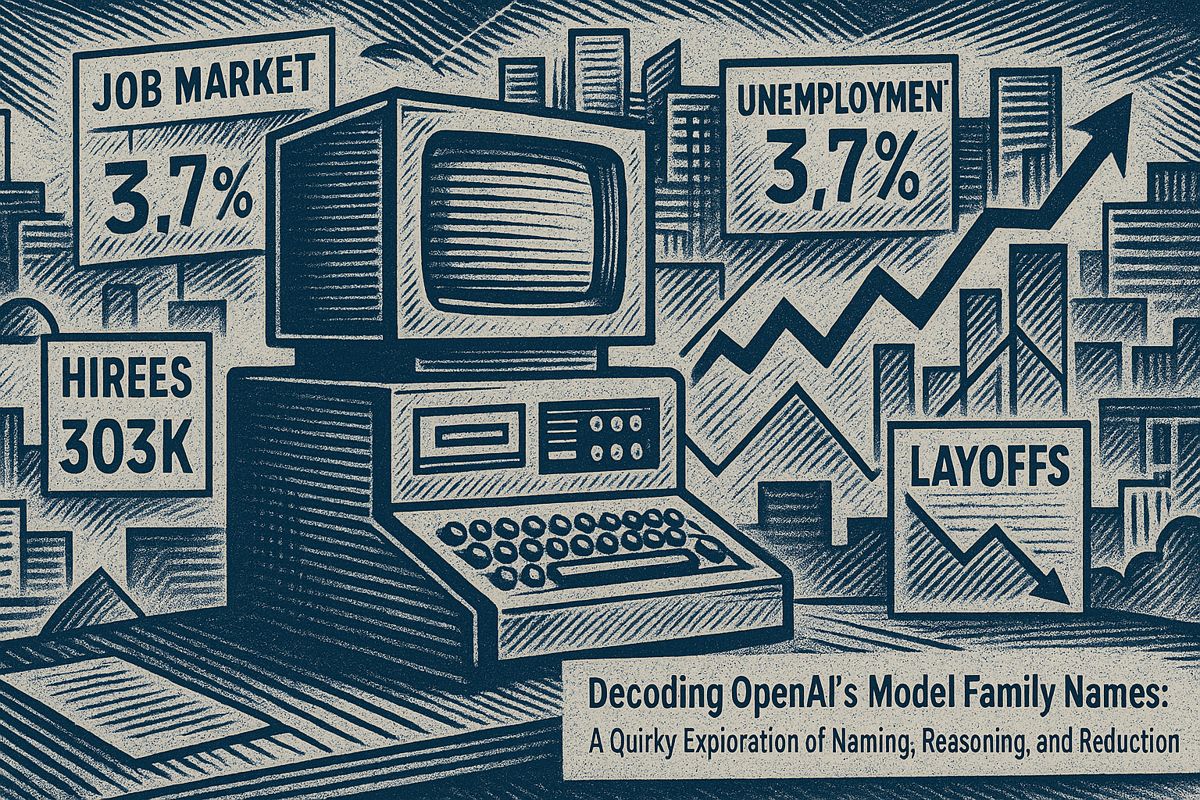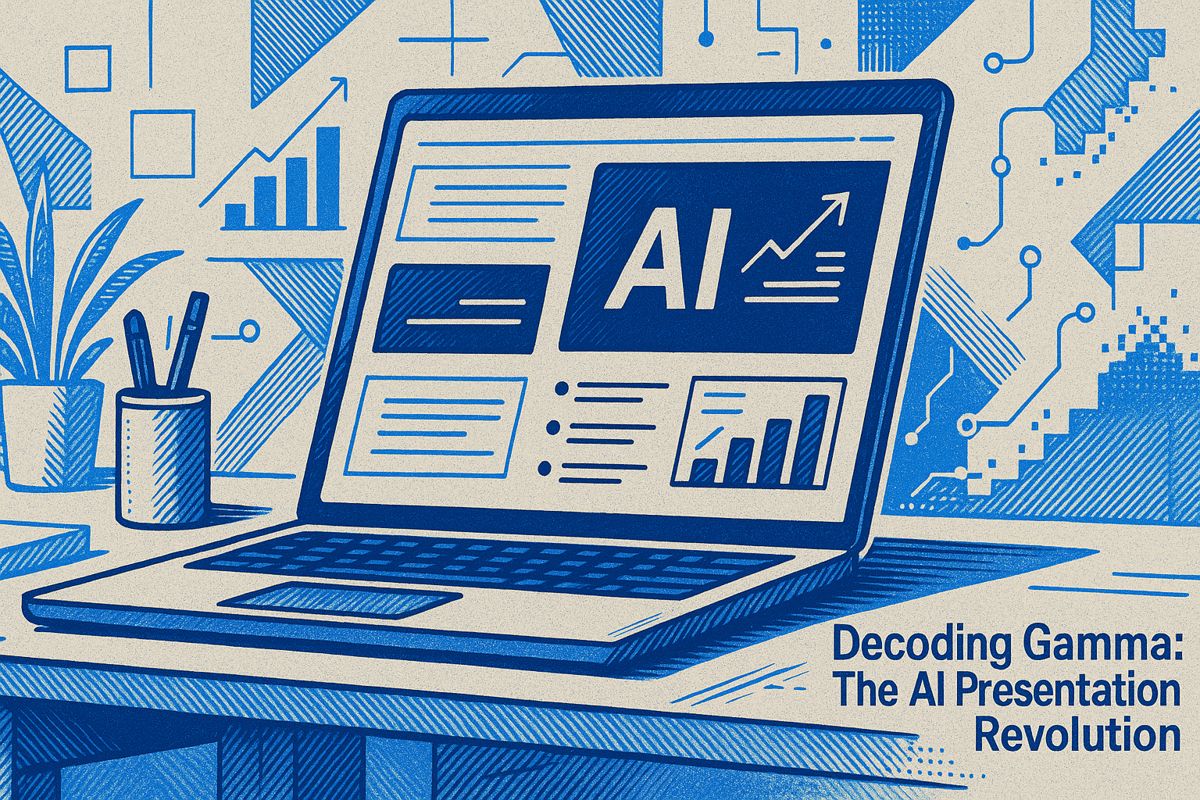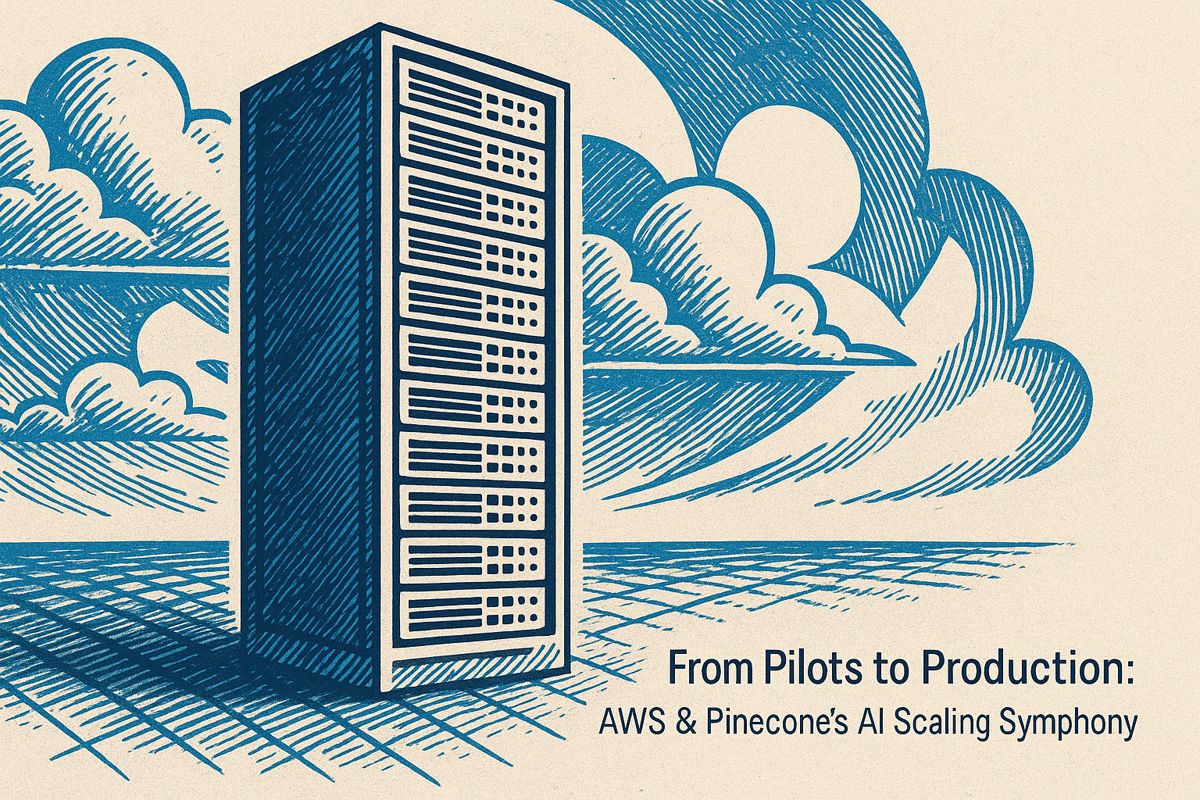Here’s the text with the most important phrase in bold:
AI is transforming manufacturing by bringing smart solutions like predictive maintenance, advanced quality control, and adaptive robotics. Manufacturers now use machine learning to detect potential equipment failures before they happen, spot microscopic defects that human eyes might miss, and create robots that can learn and adjust in real-time. These technological advances are helping companies reduce downtime, improve product quality, cut waste, and dramatically increase overall efficiency. The transformation isn’t perfect, but it represents a significant leap forward in how factories operate, turning what once seemed like science fiction into everyday industrial reality. While only a small percentage of companies feel fully mature in AI implementation, the potential for innovation and improvement is immense.
How is AI Transforming Manufacturing?
AI is revolutionizing manufacturing through predictive maintenance, AI-powered quality control, and adaptive robotics. By leveraging machine learning, manufacturers can reduce downtime, improve defect detection, and optimize production processes, leading to significant efficiency gains and cost savings.
Not too long ago, I found myself squinting at a post from IIoT-World, blinking as my coffee cooled. AI, it claimed, was cutting through manufacturing like a hot plasma torch – not just as marketing froth, but as something you could actually put your hand on (well, metaphorically; I wouldn’t recommend touching a production line). Immediately, I flashed back: the sharp tang of coolant, the flicker of a warning light, that one time a $15 sensor knocked out an entire shift at a stamping plant. My face flushed with old embarrassment, and for a second, I could almost hear the pneumatic hiss echoing off the concrete.
Isn’t it odd how a single memory – failure, in this case – can echo for years? I used to think downtime was just the cost of doing business, a sort of industrial tax paid in frazzled nerves and overtime pizza. But now, with AI muscling into the mix, it’s like someone finally gave us a map through the maze.
Predictive Maintenance: The Unsung Hero
Let’s put a human face to these transformations. Imagine Joe, the maintenance lead at a plant that’s seen more fiscal years than it has paint jobs. Before AI, his days were a game of Whac-A-Mole: machines hiccuped, he sprinted, chaos reigned. One day, though, the company installed predictive maintenance software from ABB – and suddenly, Joe started getting advance warnings. “Vibration anomaly detected,” his phone would chirp. A spindle running rough, a bearing overheating, but the line never had to stop. For the first time, Joe could finish his coffee while it was still hot.
That’s not just a feel-good anecdote; SmartDev reports factories gain about 20% more uptime after rolling out predictive AI tools. It’s as if invisible hands (or at least, well-placed algorithms) now swat away disaster before it can fully materialize. In my early days, I chased failures until my feet ached; now, the floor supervisors seem almost… bored.
But it’s not always smooth sailing. The Industrial IoT Consortium points out that most firms still fumble with implementation. McKinsey’s latest survey found only 1% genuinely felt “mature” about AI use. The rest? Somewhere between “cautiously optimistic” and “quietly panicking.” Maybe that’s progress—or maybe it’s the calm before another storm.
Seeing What the Human Eye Misses
If predictive maintenance is the workhorse, AI-powered quality control is the hawk circling overhead. Computer vision systems, like those deployed by ABB, stare down every widget with the intensity of a chess grandmaster. They don’t get drowsy at the witching hour or distracted by payday donuts. In one study, defect rates plummeted, and safety recalls all but evaporated. The scent of ozone, the whir of conveyor belts, the minute click of a robotic arm – these are now overseen by silicon sentinels.
Here’s a strange confession: once, I doubted these systems. I figured a computer would never spot a hairline fracture the way an old-school inspector could. But after seeing ABB’s results, I had to eat humble pie. Maybe, just maybe, machines do have sharper eyes after all. Oof.
Quality isn’t the only frontier. Generative AI, which always sounds like something out of a Neal Stephenson novel, lets engineers conjure thousands of virtual prototypes. Snowflake’s 2025 outlook suggests that companies embracing these tools are leapfrogging ahead—designs get lighter, waste shrinks, and performance climbs. In aerospace, Markovate reports, AI-driven 3D printing cut material waste by a third and improved part strength by 25%. That’s not just efficiency; it’s a paradigm shift, a kind of controlled industrial wild magic.
The Robots Are Listening (And Learning)
Robotics, too, have undergone a metamorphosis. Today’s machines are more like collaborators than cogs. Self-optimizing robots equipped with AI – and, let’s be honest, names straight out of a Philip K. Dick story – now adapt to humans in real time. Digital Defynd has charted how these bots can learn from past errors, sidestep repeat mistakes, and even suggest workflow tweaks. In the whir and hum of the modern floor, there’s a certain music to their motions, a choreography that’s never quite the same twice.
Still, what’s a revolution without a little friction? Not every implementation hits the jackpot. ABB’s energy management suite, for example, sliced 15% off their electricity bill, but that took patience, trial and error, and a few testy meetings. I’ve felt exasperation, yes, but also a wild, giddy kind of hope.
So, is manufacturing utopia finally here? Not quite. But for every sensor, every whirring robotic limb, there’s a human mind steering, learning, and even, occasionally, smiling at how far we’ve come. Sometimes progress is a lightning flash; more often, it’s a series of tiny, quietly celebrated victories. And if you’ve ever sipped hot coffee while a factory purrs smoothly around you, you’ll know that’s no small thing.
Sometimes, I still wonder what’s next…



















